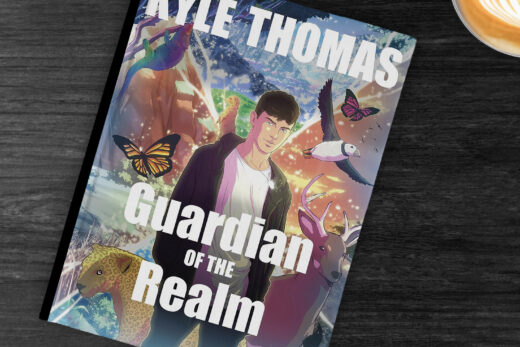As the saying goes, “a picture is worth a thousand words.” In the world of animation production, this couldn’t be more true. Storyboarding is a crucial step in the creation of any animated project, as it serves as the blueprint for the final product. A well-crafted storyboard can help bring a story to life and ensure a smooth production process. In this article, we will discuss the key and important pro tip for creating effective storyboards.
The pro tip is simple but often overlooked – focus on the story, not just the visuals. Many animators get caught up in creating visually stunning storyboards, but forget the importance of a strong narrative. A storyboard should not only showcase the visuals, but also convey the story, characters, and emotions to the audience.
The first step in creating an effective storyboard is to understand the story itself. This may seem obvious, but it is crucial to have a deep understanding of the plot, characters, and overall message of the story before beginning the storyboard. This will ensure that the storyboard accurately reflects the story and its intended message.
Another important aspect to consider is the target audience. Different age groups and demographics may require different storytelling techniques. For example, a storyboard for a children’s show will have a different tone and pacing compared to a storyboard for a mature audience. Understanding the target audience will help in creating a storyboard that effectively communicates the story to the intended viewers.
Next, it is important to establish a clear and concise structure for the storyboard. This includes deciding on the number of frames, the layout, and the order in which the scenes will be presented. The storyboard should flow seamlessly, allowing the audience to follow the story without confusion. A helpful tip is to think of the storyboard as a comic strip, with each frame representing a different panel. This will help in creating a cohesive and visually appealing storyboard.
While visuals are an important aspect of a storyboard, they should not overshadow the storytelling. It is essential to strike a balance between the two. The visuals should enhance the story, not distract from it. This can be achieved by using key elements such as composition, lighting, and color to convey the mood and emotions of the scene. A helpful technique is to use color palettes and lighting schemes to represent different emotions or settings in the story.
In addition to visuals, the use of dialogue and sound effects can also greatly enhance the storytelling in a storyboard. This is especially important in animated projects, where sound plays a significant role in bringing the story to life. Adding dialogue and sound effects in the storyboard can help the animators visualize the pacing and rhythm of the final product.
Collaboration is another crucial aspect to consider when creating a storyboard. It is essential to involve the entire production team in the process to ensure a cohesive vision for the project. This includes the writers, directors, animators, and sound designers. By collaborating, everyone can provide valuable input and make necessary changes to improve the storyboard.
Lastly, it is important to keep the storyboard flexible. As the production process progresses, changes and adjustments may need to be made to the storyboard. It is essential to be open to these changes and not be too attached to the initial storyboard. This will allow for a more fluid and organic development of the project.
In conclusion, creating an effective storyboard is crucial in the animation production process. By focusing on the story and not just the visuals, understanding the target audience, establishing a clear structure, striking a balance between visuals and storytelling, utilizing dialogue and sound effects, collaborating with the production team, and keeping the storyboard flexible, animators can create storyboards that effectively convey the story and bring it to life on screen. Remember, the best storyboards are the ones that effectively tell the story, not just showcase the visuals.







































